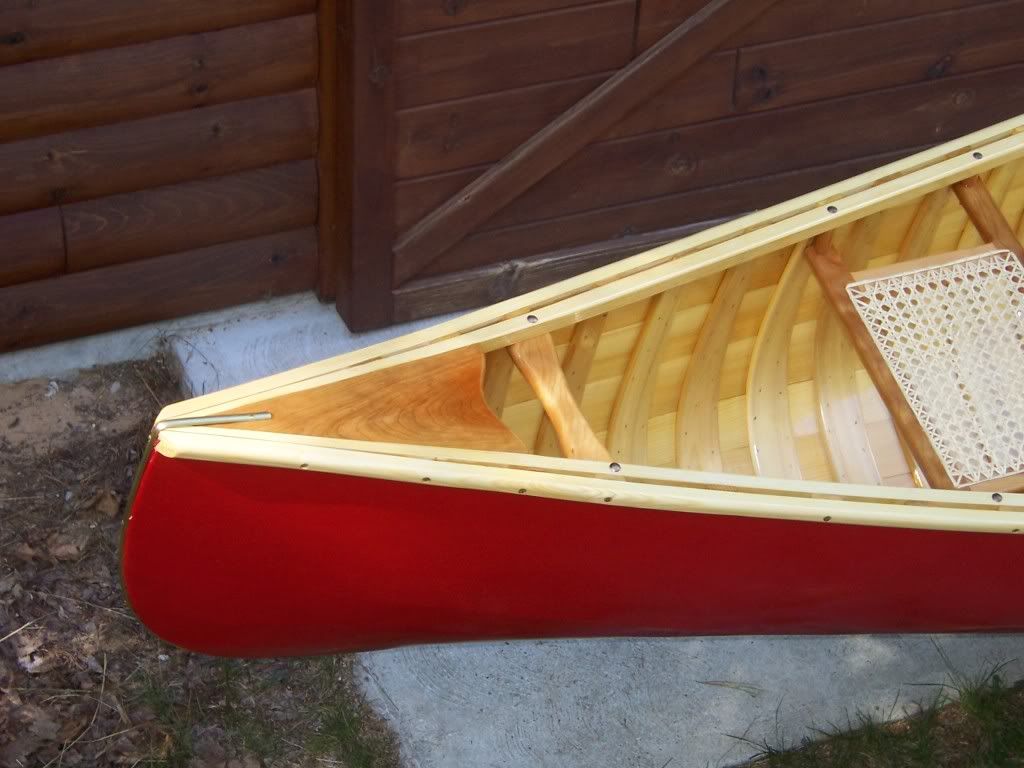I noticed in photos from the Facebook link in the previous post that spring clamps were used to secure ribs to the inwales once they were bent around the mold. Is that method better than securing with nails like I've seen elsewhere?
Also, I've begun making replacement stems for my Otca. The stem I removed from the hull has a nasty looking shape from springback and I think the previous splice is a little misshaped. I took a piece of corrugated and traced the other stem that is still planked into the hull. I think I have a reasonably accurate pattern after refining the tracing with the removed stem. My question is...How exact to the original should the stem shape be? I need to re-plank the bow end so I think I can adjust for a slightly different stem shape. I guess I could buy pre-bent stems.
Third question...I notice that the stem area right under the deck is where rot often occurs. I also notice that the deck plates have no place for water to drain when the hull is turned upside down for storage. I put a drain hole in the deck of the stripper I built last year. Why don't wood canvas hulls provide a way for water to drain?
Thanks.
Also, I've begun making replacement stems for my Otca. The stem I removed from the hull has a nasty looking shape from springback and I think the previous splice is a little misshaped. I took a piece of corrugated and traced the other stem that is still planked into the hull. I think I have a reasonably accurate pattern after refining the tracing with the removed stem. My question is...How exact to the original should the stem shape be? I need to re-plank the bow end so I think I can adjust for a slightly different stem shape. I guess I could buy pre-bent stems.
Third question...I notice that the stem area right under the deck is where rot often occurs. I also notice that the deck plates have no place for water to drain when the hull is turned upside down for storage. I put a drain hole in the deck of the stripper I built last year. Why don't wood canvas hulls provide a way for water to drain?
Thanks.


